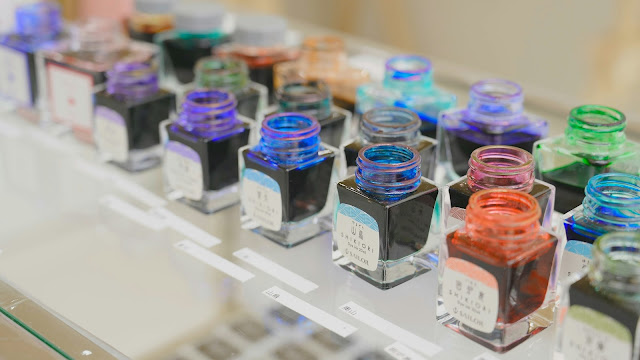Frankly, most people write their resume wrong. They don't tailor a resume specifically for the job.
Consider how a hiring manager approaches the culling process. They get 100+ resumes at a time, even for a pretty plain job. And they can't just get the "most qualified". They actually have to consider "best fit" into an existing team, as well as other factors that don't go into a job description. They only have seconds to evaluate each resume... If it's "meh" it'll likely be passed over.
 |
| Photo by Resume Genius on Unsplash |
In other words, the top 1/4 of your resume, which is the portion hiring manager sees first, is the most important. EVERYTHING there should be telling a story... that you are the ideal candidate for their needs.
(Yes, this means the stock photo I used above is NOT a good example, except maybe for digital marketers. The multi-column layout is bad for ATS. The top bar just for the name is wasted space. The cute clipart is superfluous. At least it looks pretty neat.)
"I don't know what they need!"
Not a problem... because you can ask AI LLMs, such as ChatGPT or Claude. Use a prompt like "Take on the role of a hiring manager in the industry of (insert industry) similar to the company (company name). What are the (insert number) most important employee traits-and-skills you are looking for?"
Now that you know the answer(s), make sure your objective/exec summary portrays you as an ideal candidate having those traits and skills.
Then go through the job description and pick out the keywords that they were looking for, and incorporate those into the objective /summary. Do NOT use ChatGPT (or similar tools) for this as it would come across as very "AI-ish". Obviously, only incorporate those skills and traits you actually have.
Don't make the summary too long, as you don't want a "wall of text" in front of the hiring manager. Keep the formatting of a resume intact, and keep the resume visually appealing.
"Okay, what about the rest of the resume?"
Now that you've caught their attention, you have to make the rest of the resume support your story.
Go through every job in your employment history, and adjust the description so it incorporates one or more relevant keywords and/or trait/skill that you used in the summary.
Tweak the job title if the title does not accurately reflect your duties. Don't reinvent the whole thing though. Don't claim to be "Team leader" when you work alone, for example.
For details of the job, try to use the STAR method: Situation, Task, Action, Result. Each bullet point should contain all 4... starting situation, what solution did you develop, how you implemented it, and what results did you get (in numbers or percentages if possible, like increased accuracy to virtually 100%, double throughput in 90 days, improved customer satisfaction by 250%, etc.).
If you spent a long time at one particular job (more than 3 years), break it up into multiple job titles that subsequent titles reflect some sort of growth. If you are training others in your department, you're definitely "senior _____" rather than just the plain version, for example. This makes you look like you're growing rather than staying stagnant.
Conversely, if you end up taking a lot of short contracts and temp work at different companies, but they are usually the same type of job, you may want to group them together as "Freelance _____" rather than list them individually as it makes you less like a "job hopper".
Your resume can go over a single page. 2 pages are fine. If you're really senior, you can probably go 3 pages, but generally 2 pages max.
"But this is so much work!"
Job searching is a job in itself, is it not? Besides, most requirements stay the same for jobs in the same industry, so any rewrites for similar jobs should be minimal.
"How would I know if all this tweaking helped?"
You need feedback, but since employers won't give you feedback, you need to get them from a different source... Fellow jobseekers, or those already employed, i.e. former job seekers.
Join fellow jobseekers in Facebook groups or Reddit subreddits and put your resume out for critique.
Make connections on LinkedIn and make friends with those that have the positions you wanted, then when relevant (weeks later, as you want to learn more about the job), ask for their honest opinion on "do you think this resume may be good enough to get me into your company?" You did not ask for a referral, but if they want to refer you, even better..
SIDENOTE: Some people with no shame ask for referrals from brand new employees. "Get me in!" was all they sent. Frankly, that's so rude and immature it should be rejected as spam. New employees have no referral powers, as they are still in probationary period!
Track your submission to interview ratio, compare with fellow jobseekers.
As you tweak your resume to improve your "story", see if the ratio improves.
Good luck.




.jpg)
.jpg)
.jpg)
.jpg)
















